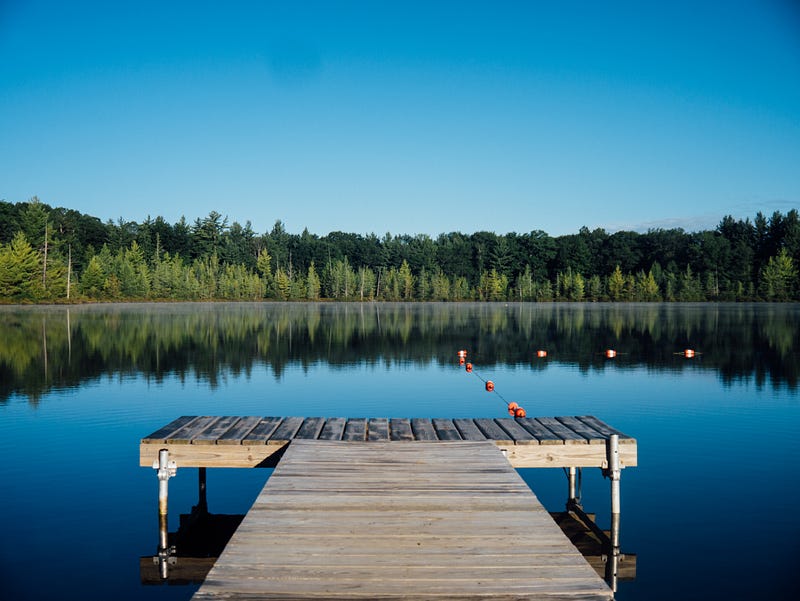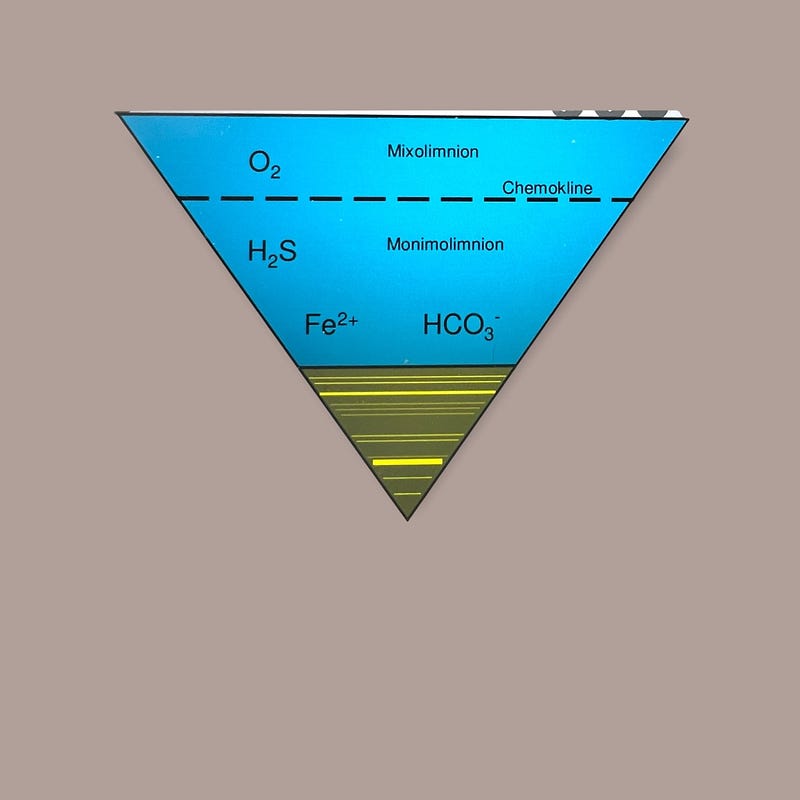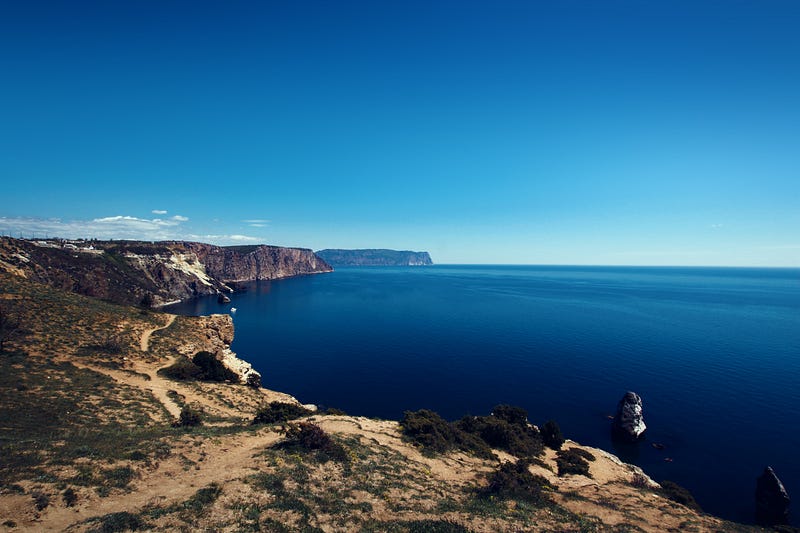Understanding Meromictic Lakes: A Deep Dive into Their Layers
Written on
Chapter 1: An Introduction to Meromictic Lakes
Sometimes, I find myself wishing I had paid greater attention in my science classes. Recently, I discovered what a Meromictic lake is for the first time (at least, that's the first time it truly registered for me). To visualize this type of lake, I liken it to a swimming pool. As a child, my parents owned a pool that was always covered with a solar blanket. When it was time to swim, we would roll up the cover and dive in. The first thing that struck me was how warm the surface water felt compared to the cooler layers below.
A Meromictic lake operates similarly, with distinct layers that do not mix. You would feel a warm upper layer, followed by a significant drop in temperature as you move deeper, akin to flipping a switch.
According to WorldAtlas.com, a Meromictic lake consists of three distinct layers:
- Monimolimnion Layer: This bottom layer typically has low oxygen (hypoxic) levels and is saltier than the upper layers, showing minimal circulation.
- Mixolimnion Layer: The uppermost layer behaves like a holomictic lake, maintaining a uniform temperature.
- Chemocline: The intermediate layer, situated between the upper and lower layers.

Chapter 2: The Unique Environment of Meromictic Lakes
The three layers of a Meromictic lake each host different environmental conditions and oxygen levels, supporting various organisms. The bottom layer, or monimolimnion, is particularly inhospitable due to its extremely low oxygen content. This lack of oxygen preserves the sediment, making it a valuable subject for scientific research.
An important note is that any disturbance in this layer can have serious repercussions for the lake's ecosystem. For instance, an earthquake could disrupt the layering, causing the layers to mix and drastically reduce the oxygen levels in the upper layers, potentially suffocating the organisms that thrive there.
So, what causes this fascinating phenomenon of stratification? Science provides two primary explanations: endogenic and ectogenic factors. Endogenic factors refer to internal processes like the decay of organic matter accumulating in the sediments. In contrast, ectogenic factors are external influences, such as the intrusion of saline water.
Interesting facts:
- For every meromictic lake, there are approximately 1,000 holomictic (regular) lakes.
- The Black Sea holds the title for the largest meromictic water body.

In the first video titled "Meromictic Lakes at Green Lakes | Syracuse Salt Potatoes (Vegan)," viewers will gain insight into the unique characteristics of meromictic lakes and their ecological importance.
The second video, "What is a meromictic lake?" provides a deeper understanding of the definition and features of these intriguing bodies of water.
